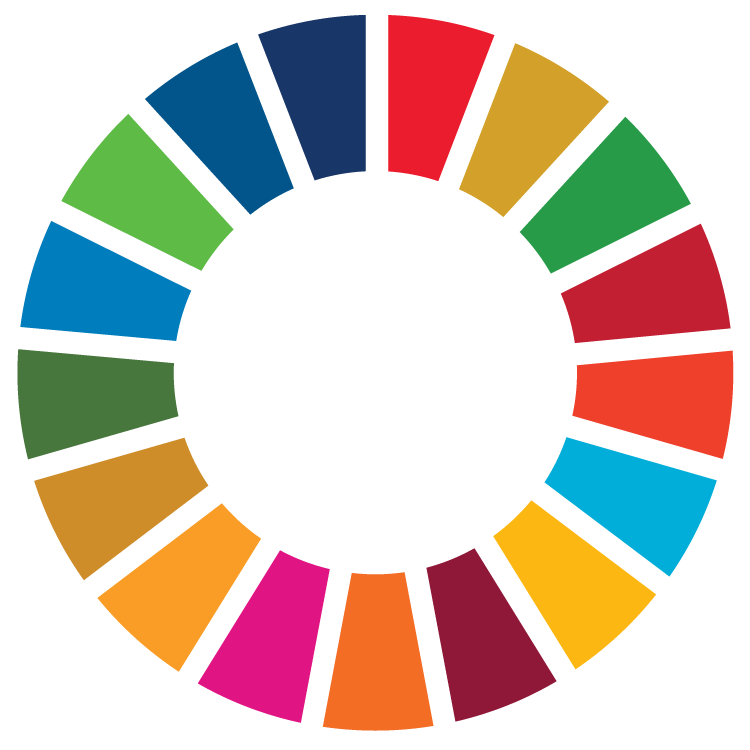The Republic of Seychelles consists of over 116 islands scattered over 1 million square kilometres of sea in the middle of the Western Indian Ocean. The Seychelles archipelago is divided into two distinct collections: the Mahe group, 43 islands in all, granitic with high hills and mountains and the outlying islands||and the coralline group numbering 73 or more for most part only a little above sea‐level. Mahe the most important island lies between 4 degrees south latitude and 55 degrees east longitude. It is 27 kms long and 11kms wide rising abruptly from the sea to a maximum altitude of 905 metres in the mountain of Morne Seychellois. Two other islands of major importance as regards to size and population are Praslin, 33.6kms from Mahe, and home to the unique Coco de Mer and La Digue 48kms away, with its bullock cart transport and the only remaining sanctuary of the \"veuve\" ‐ the Seychelles Paradise flycatcher. In spite of the close proximity of Seychelles to the Equator, the climate is healthy. The shade temperature varies little throughout the year and the hottest months being March to April and the collest being July and August. The rainfall varies considerably from island to island and from year to year. Most of the rainfall occurs during the hot months when the northwest trade winds blows. The islands are outside the hurricane zone and thunder storms are rare and mild when they do occur. There is some evidence that Seychelles islands were known and visited as long ago as the 8th and 9th centuries. More recently in the 15th and 16th centuries, they were spasmodically inhabited by pirates but it was not until the middle of the 18th century that the first settlers established themselves on Ste Anne island in 1770.
United Nations Environment Programme
- Who we are
- Where we work
-
What we do
- Air quality
- Biosafety
- Cities
- Digital Transformations
- Disasters and conflicts
- Energy
- Environment under review
- Environmental law and governance
- Extractives
- Food Systems
- Forests
- Fresh Water
- Gender
- Green economy
- Ocean, seas and coasts
- Resource efficiency
- Sustainable Development Goals
- Transport
- Youth, education and environment
- Publications & data


